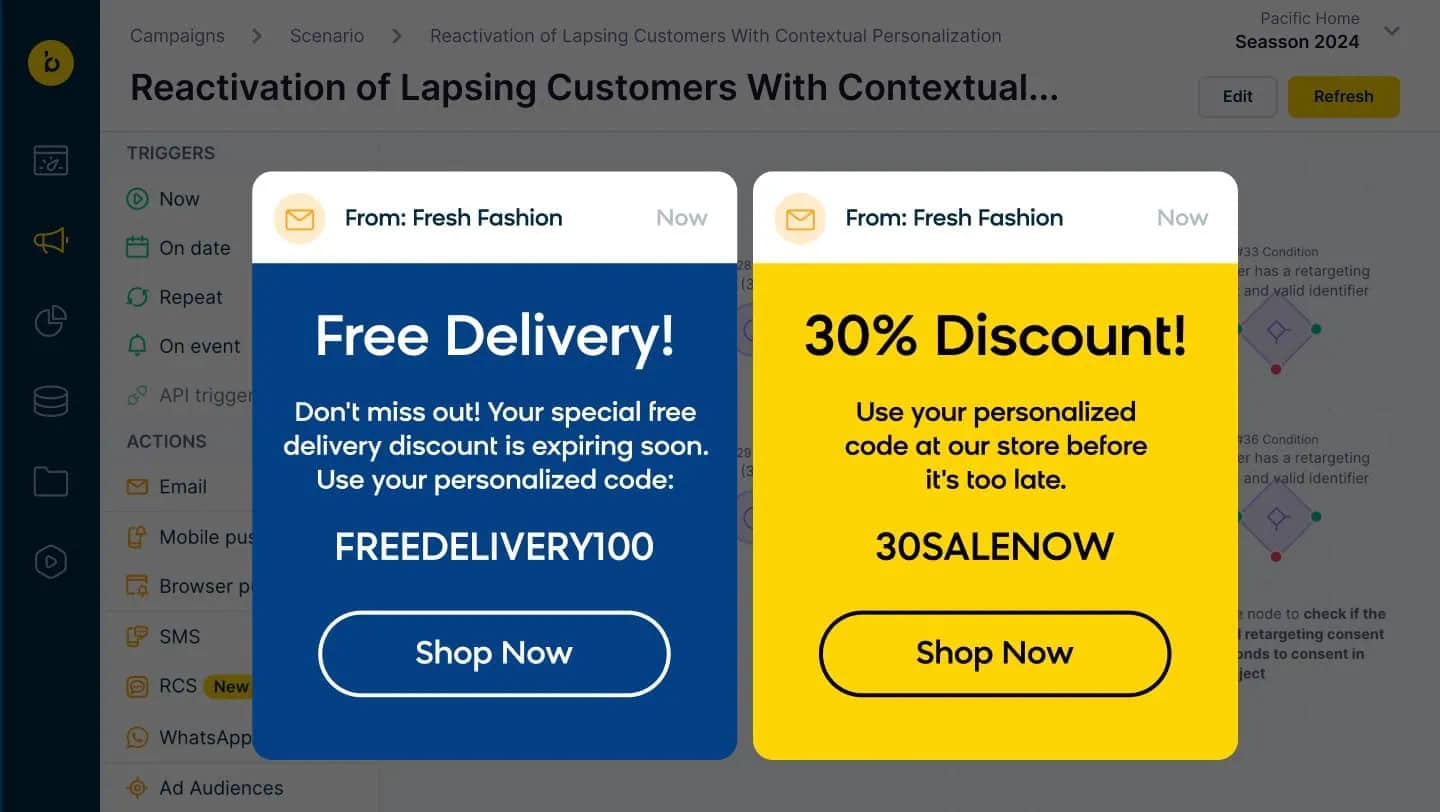Turn dormant customers into active buyers with personalized win-back campaigns that reach them across email, SMS, and ads. By leveraging customer data to create targeted messages with relevant product recommendations and special incentives, you can re-spark interest in customers who’ve gone quiet. Smart marketers know that winning back a past customer costs less than acquiring a new one—and often delivers higher lifetime value.
Partners
Login
Content / Discovery
Product Discovery and CMS
Engagement Platform
Please login through the link in
your invite email
your invite email





